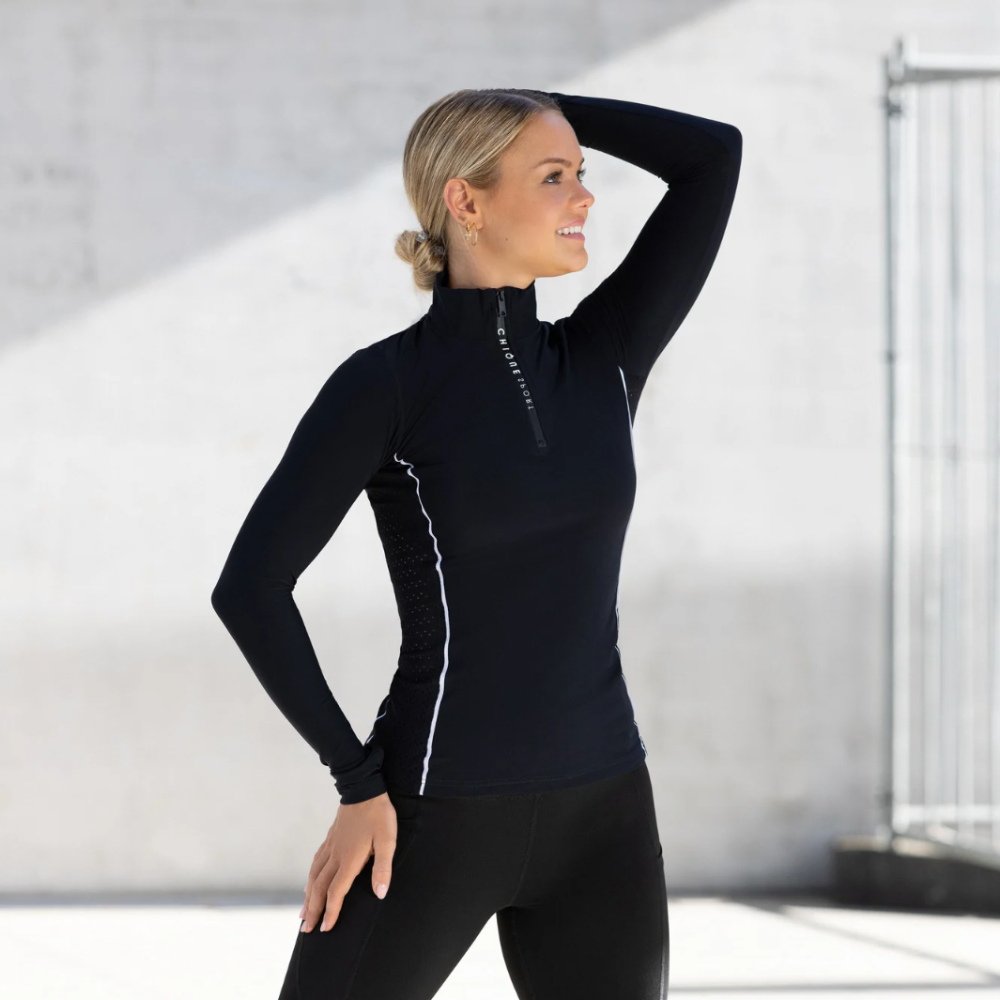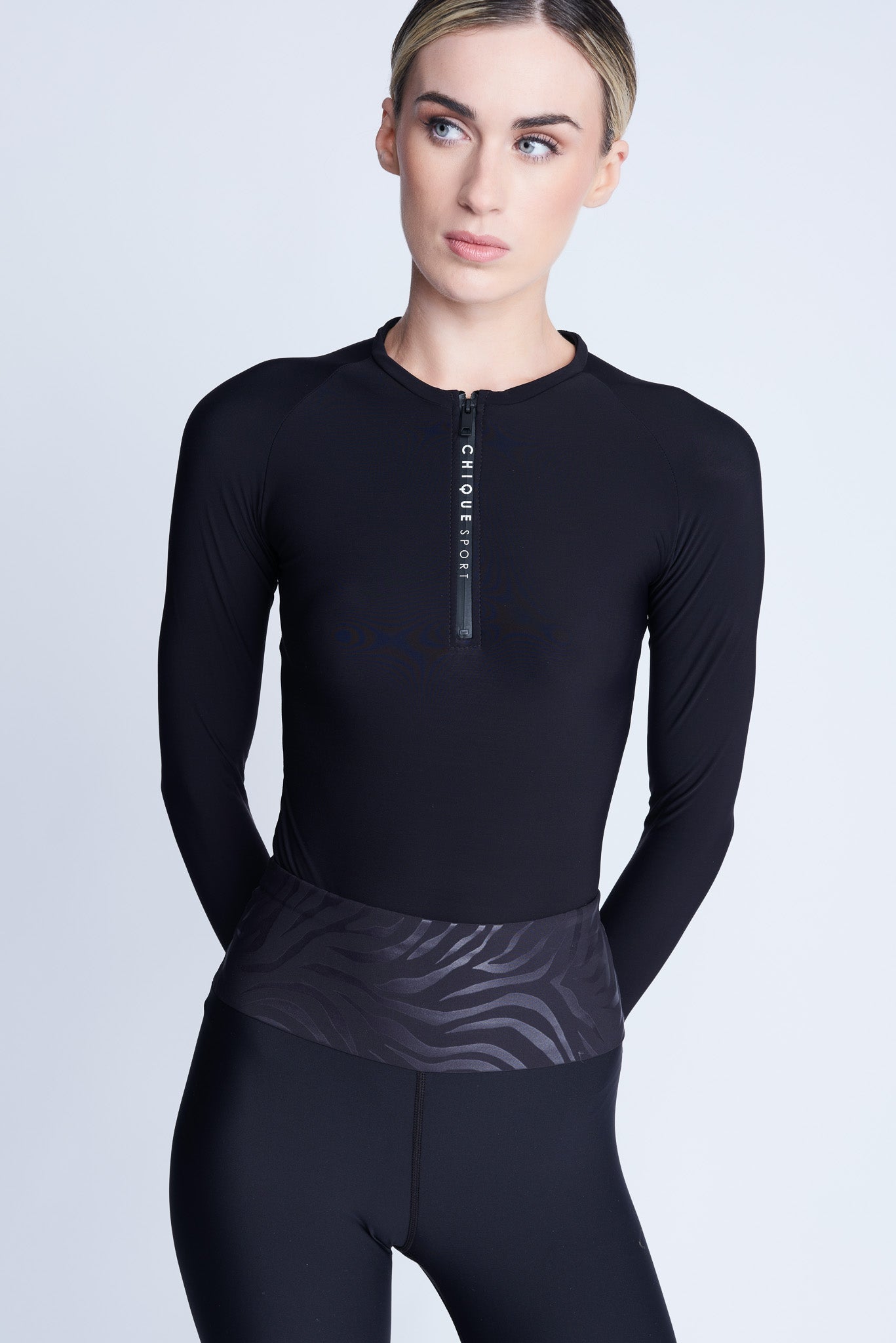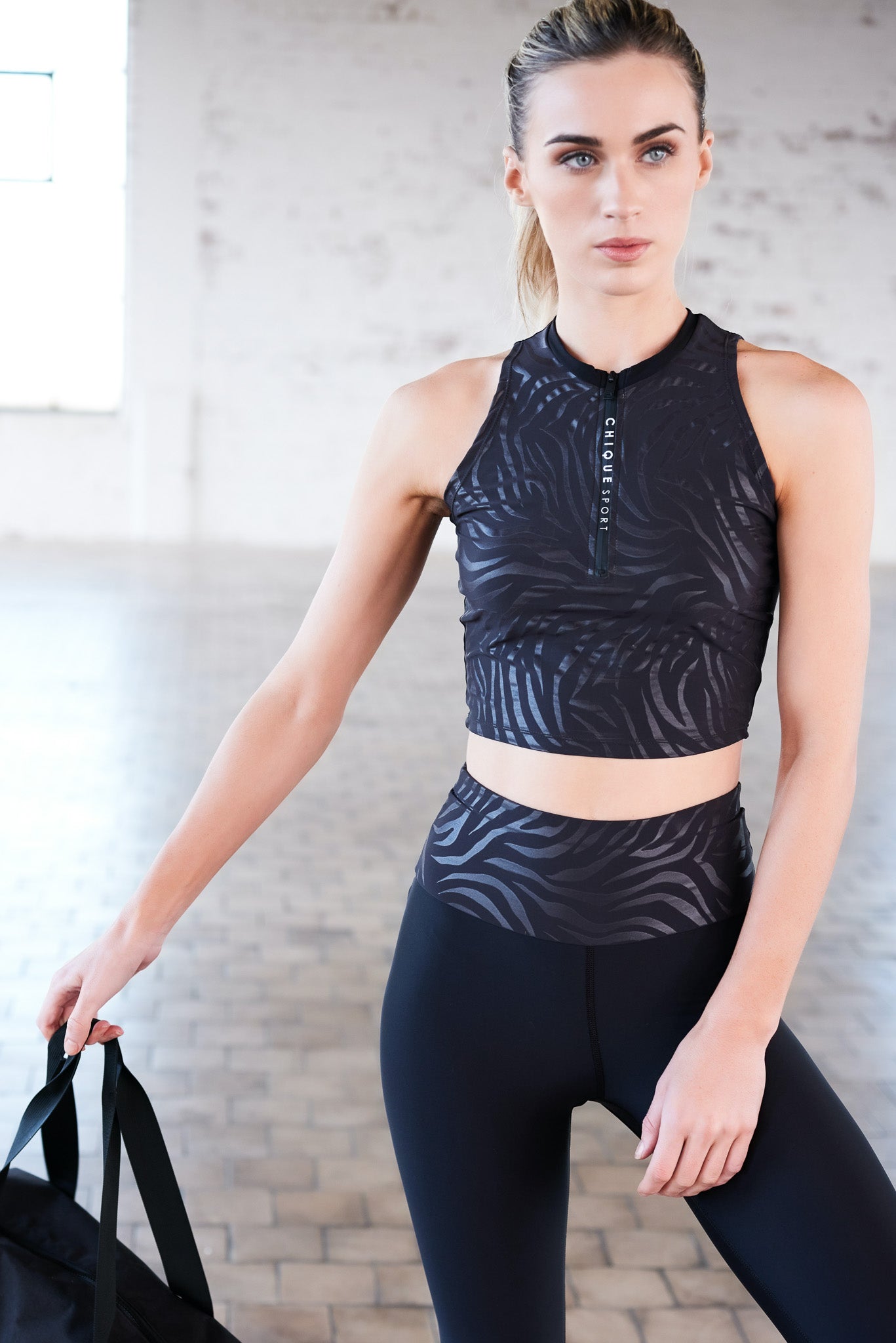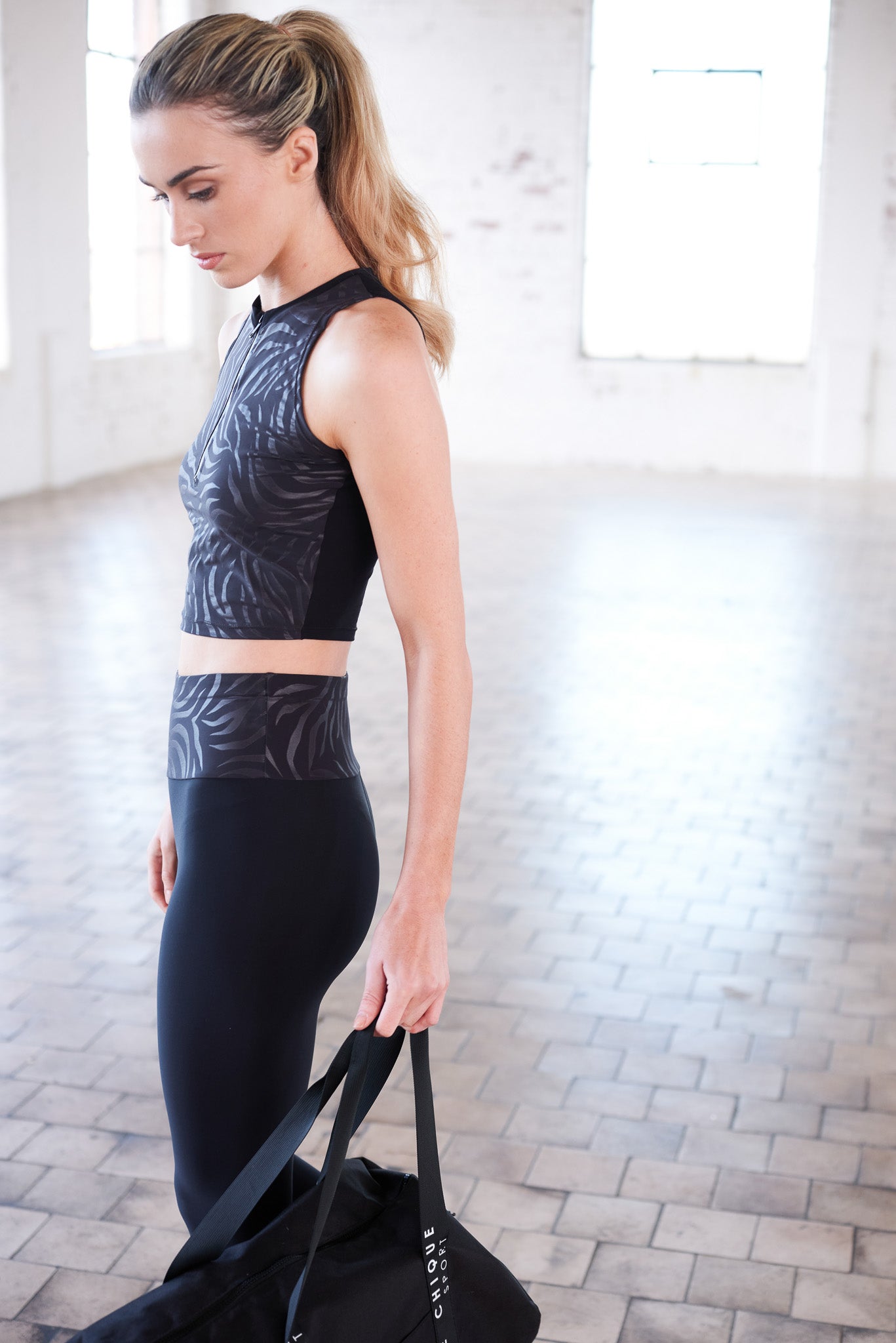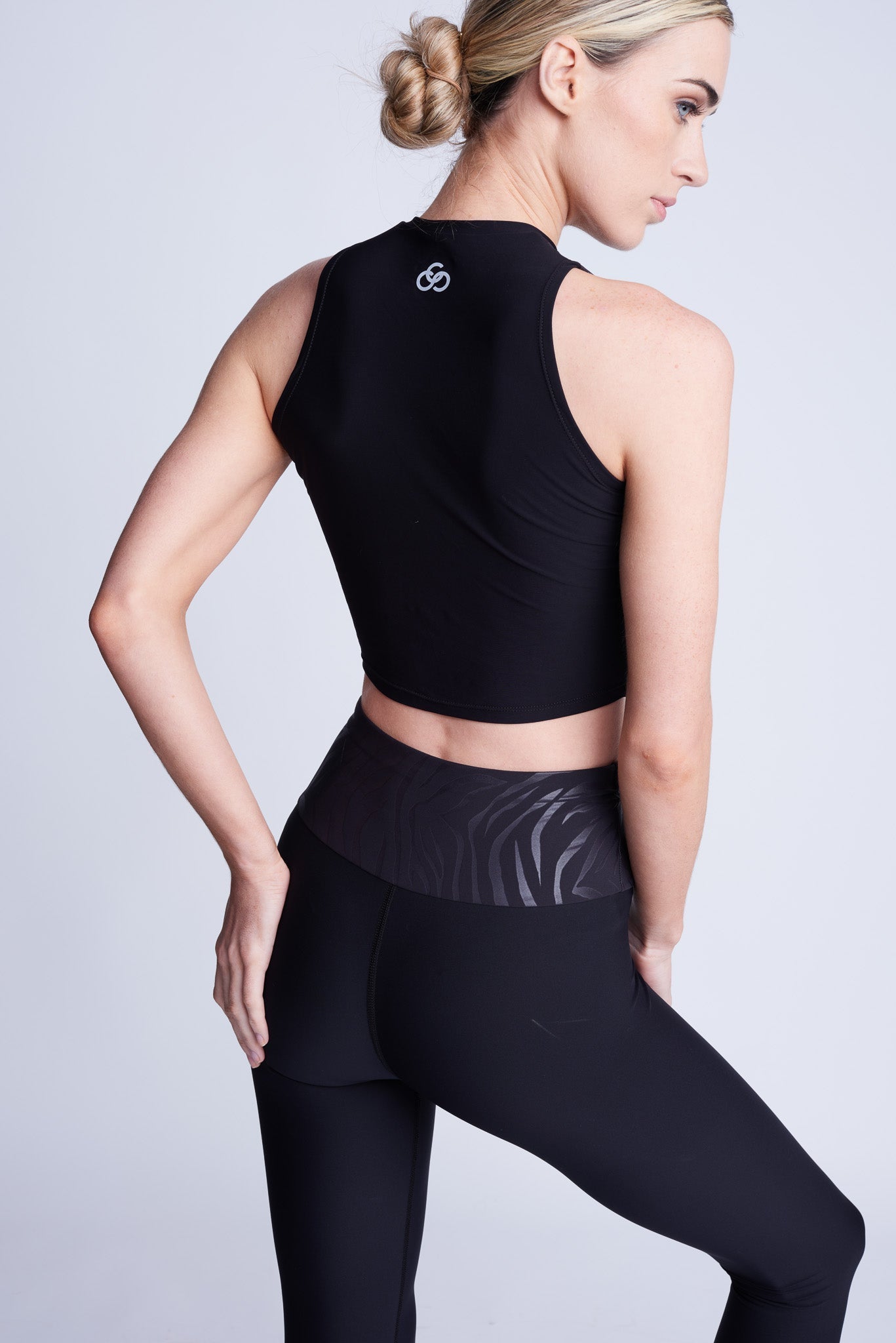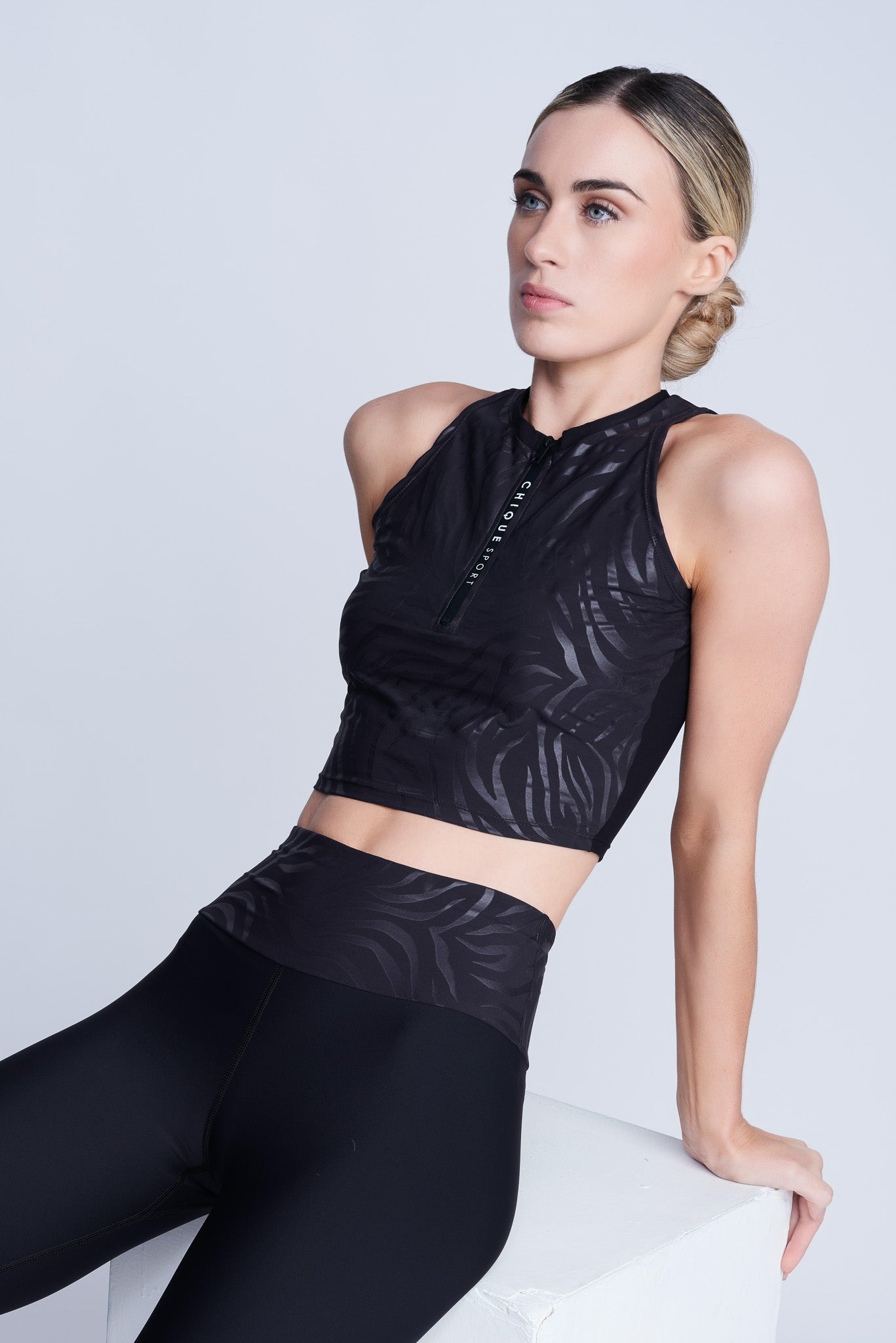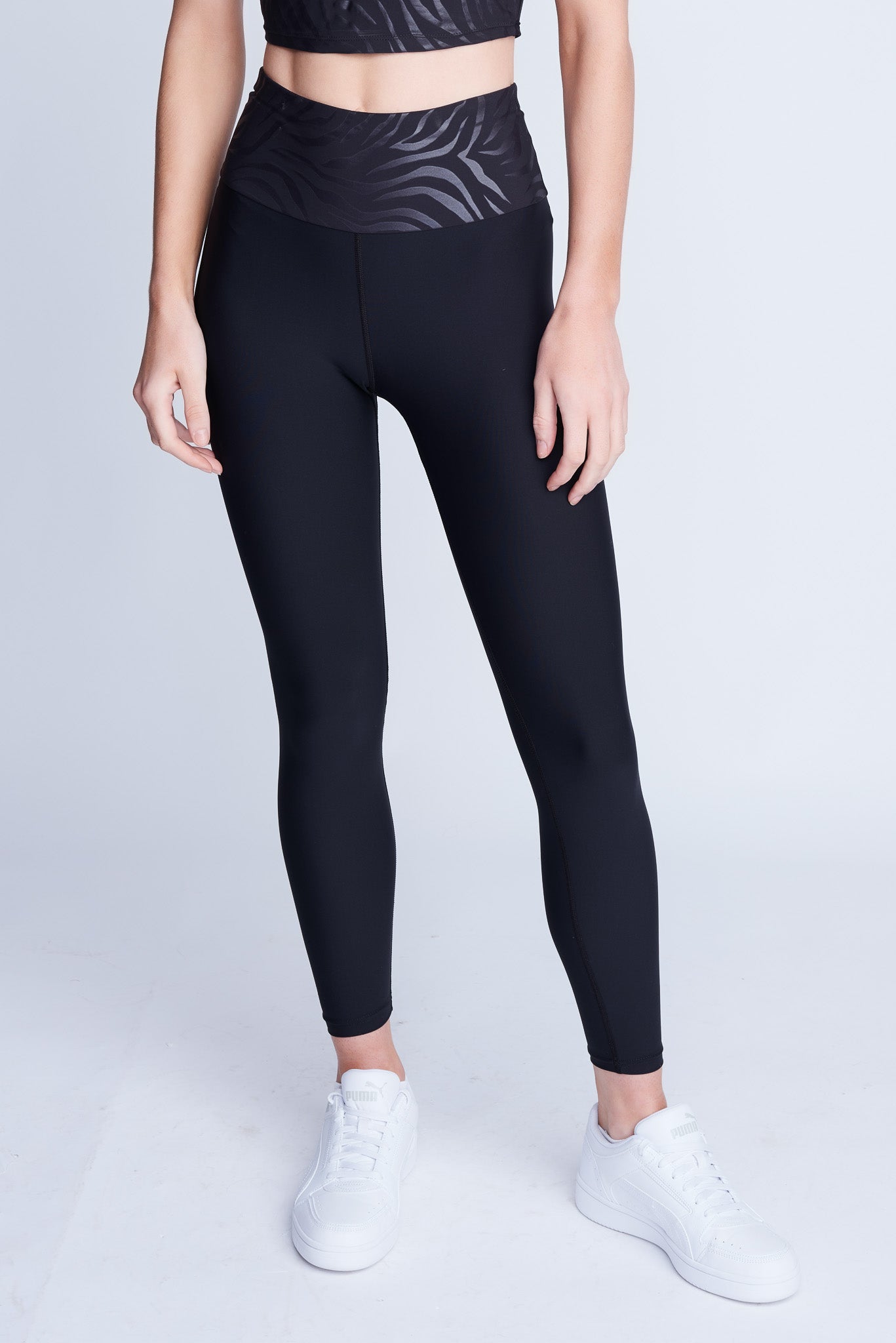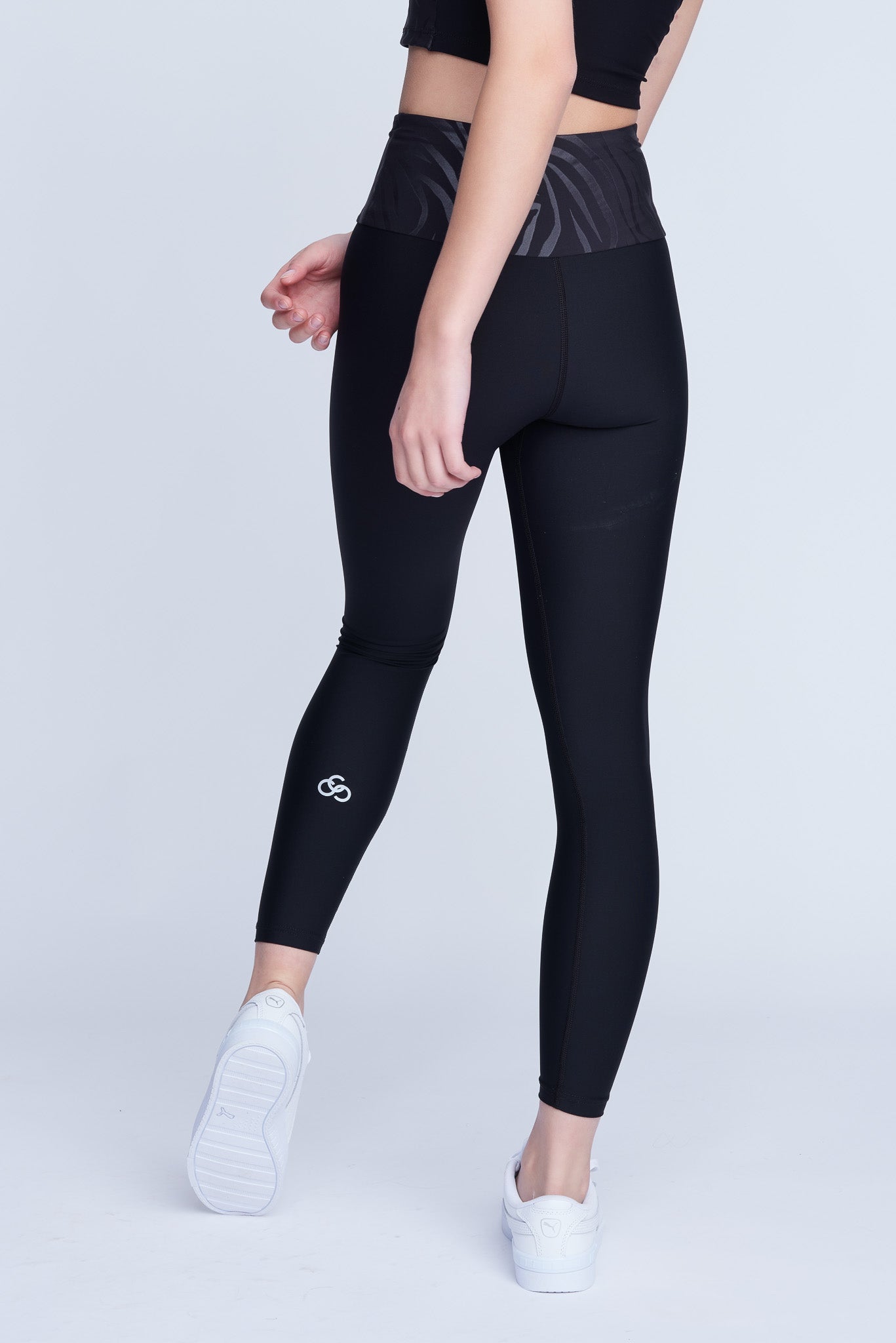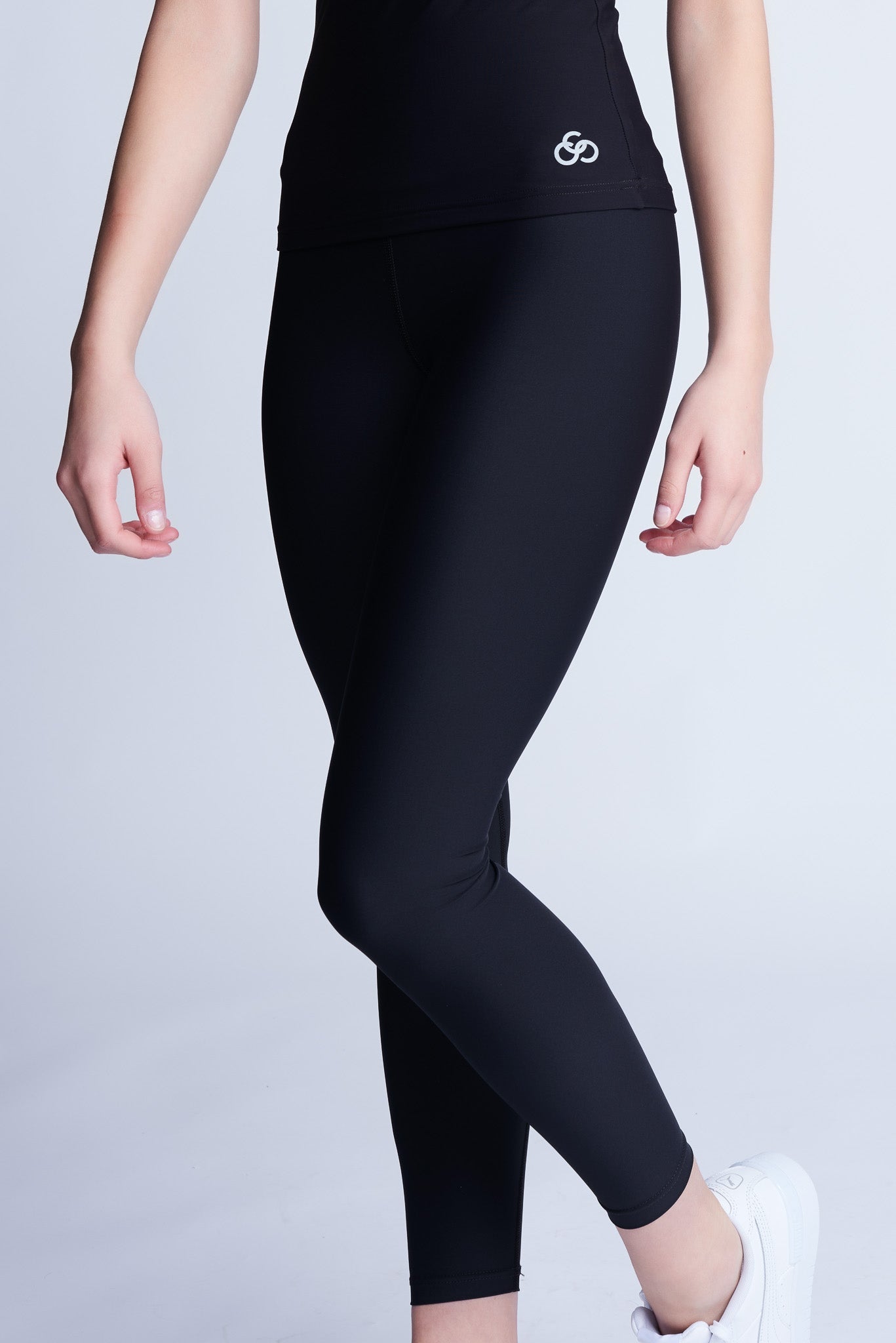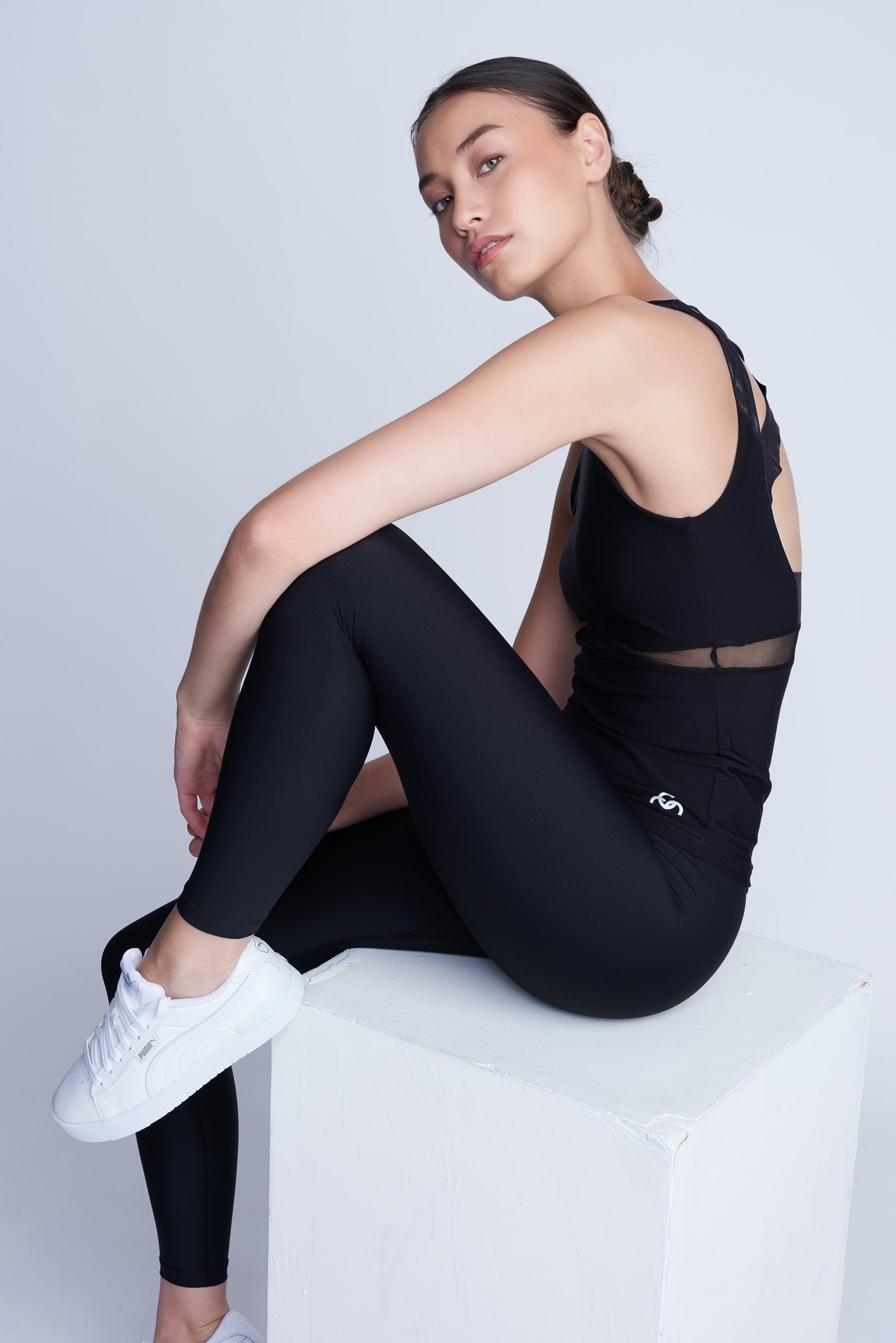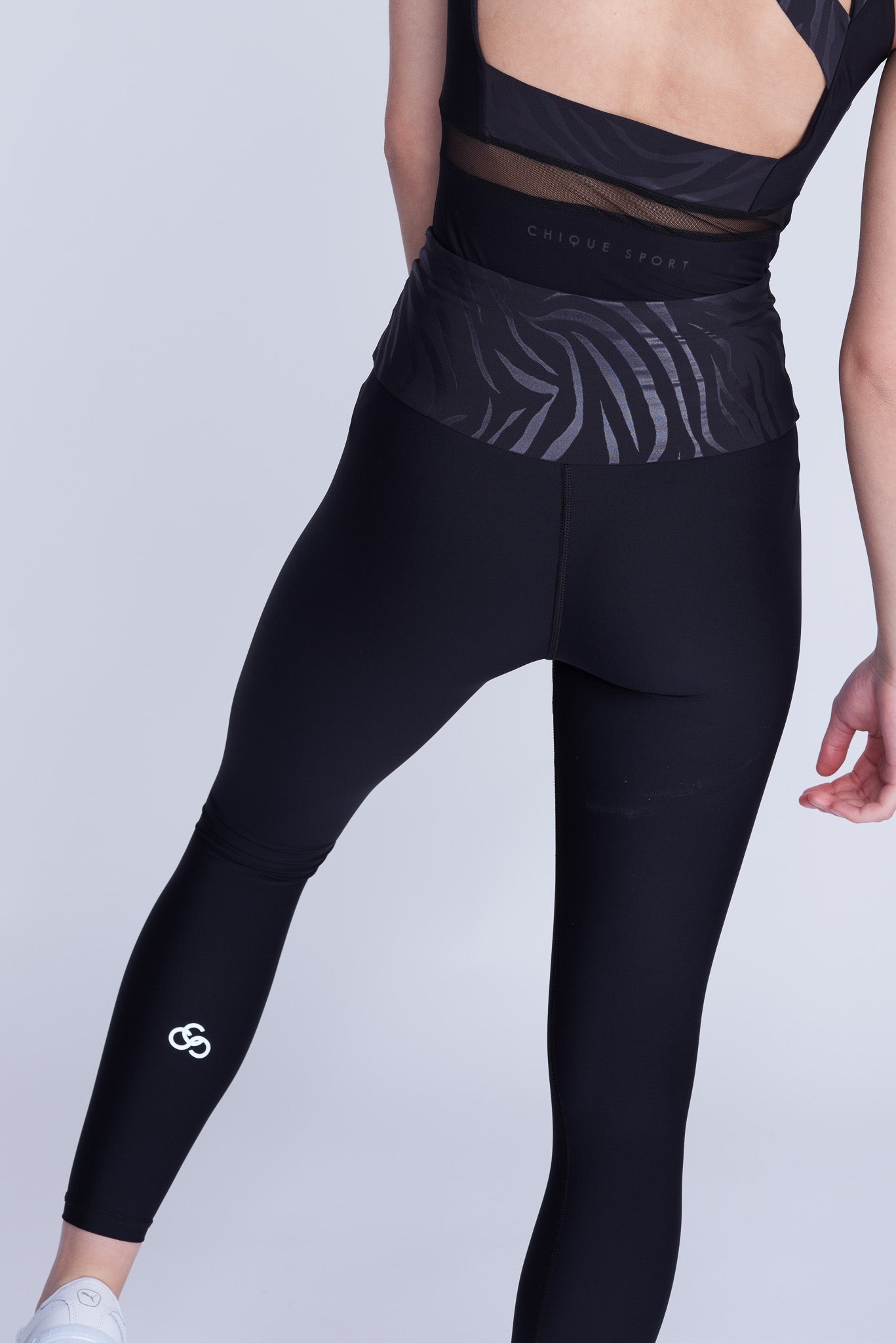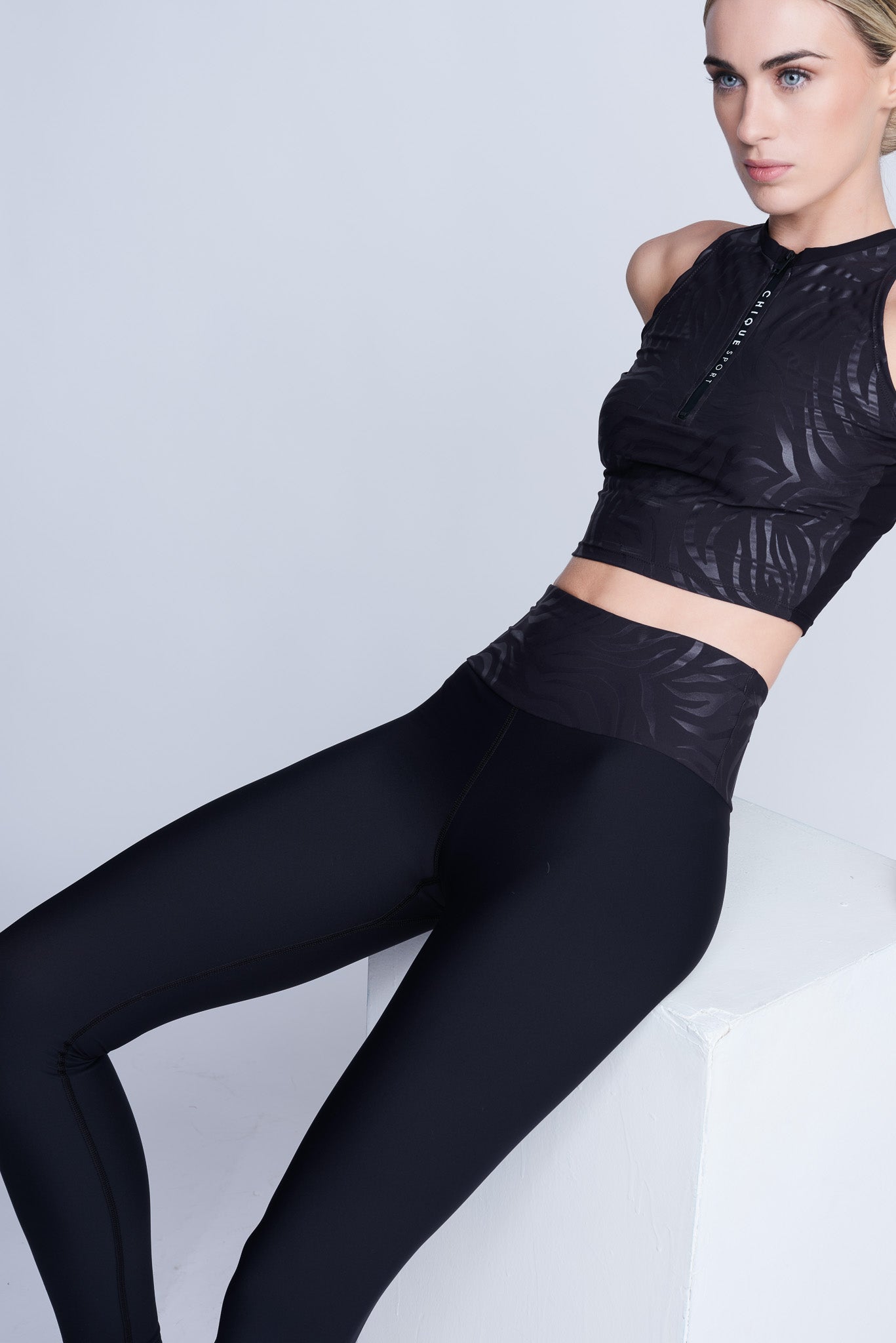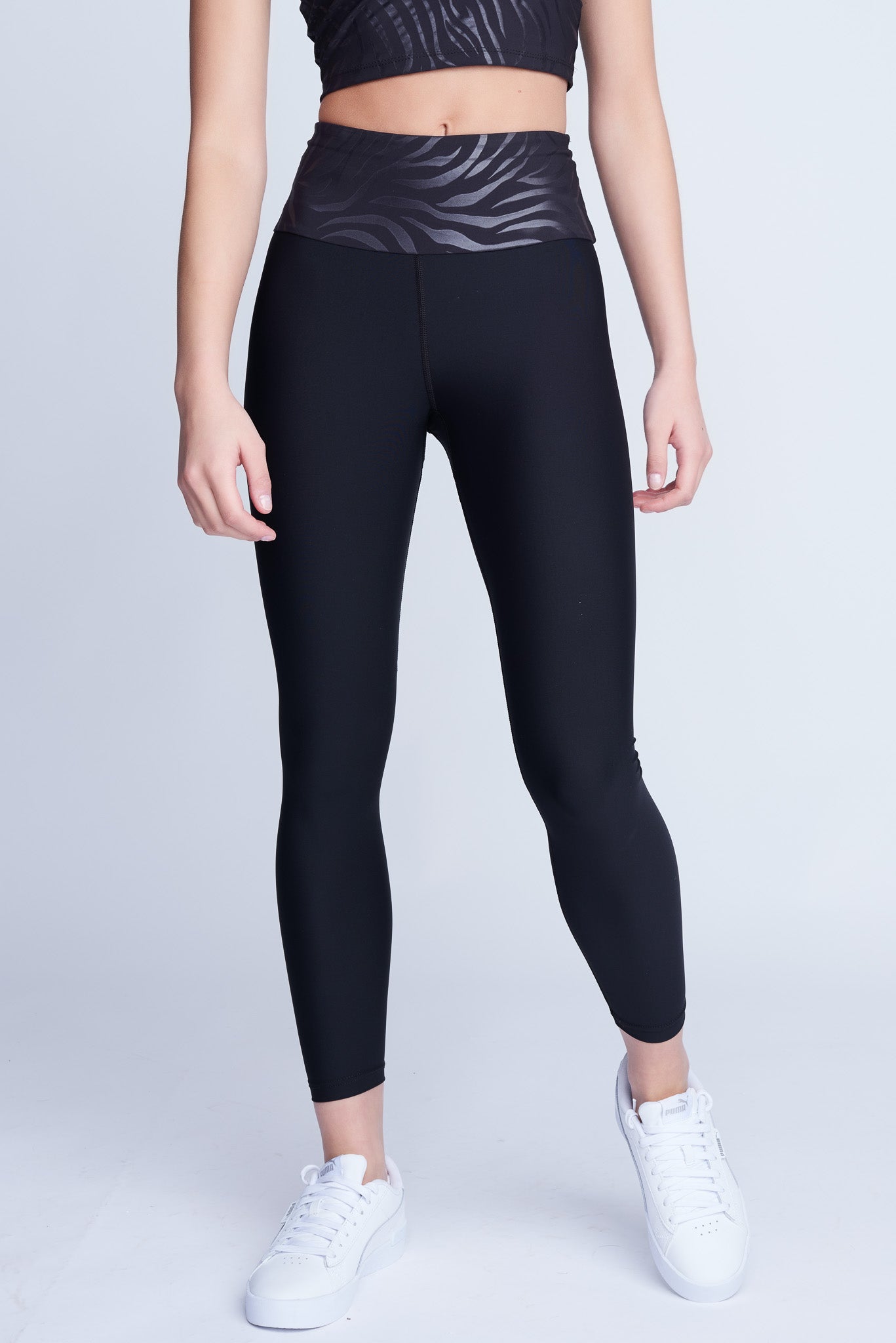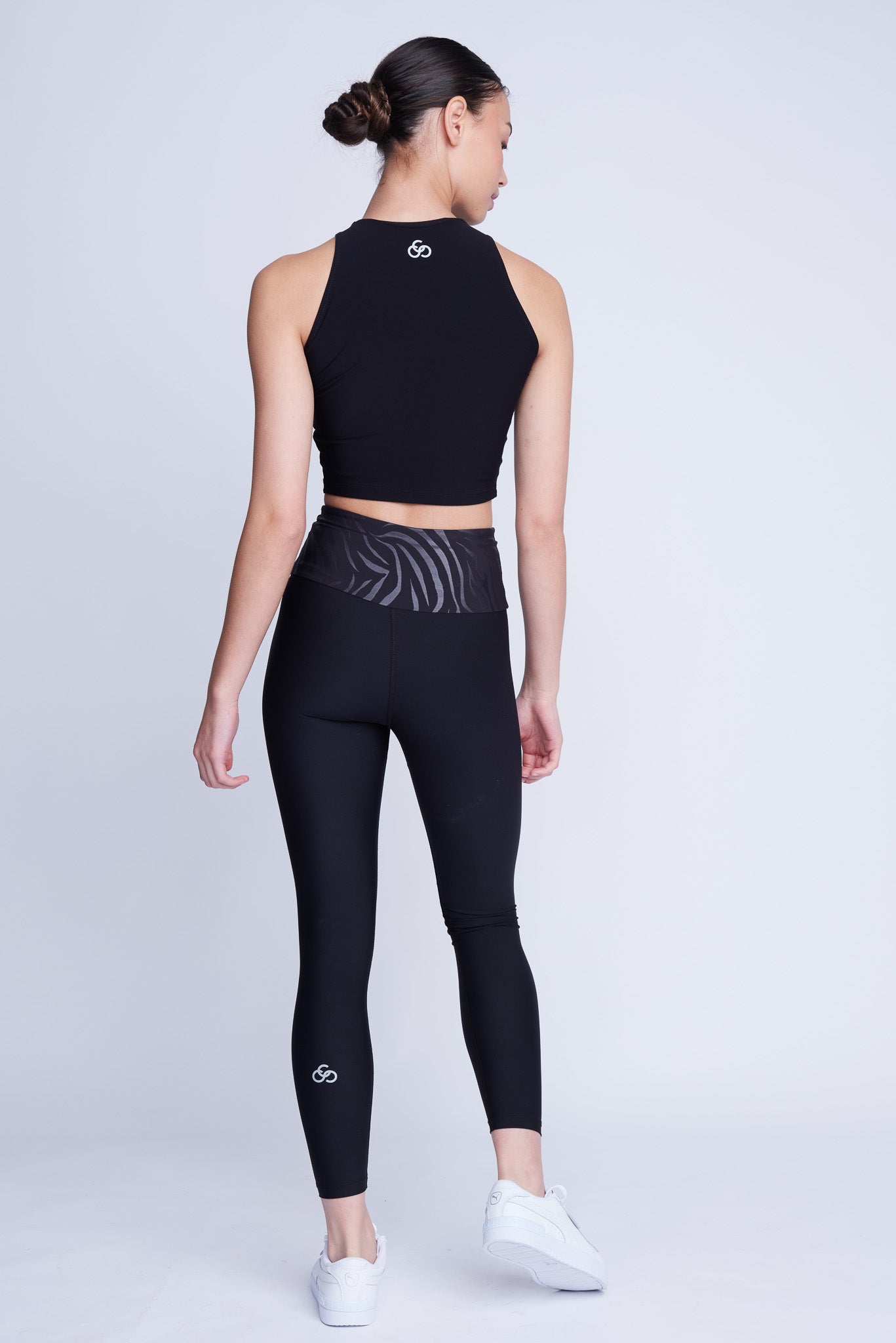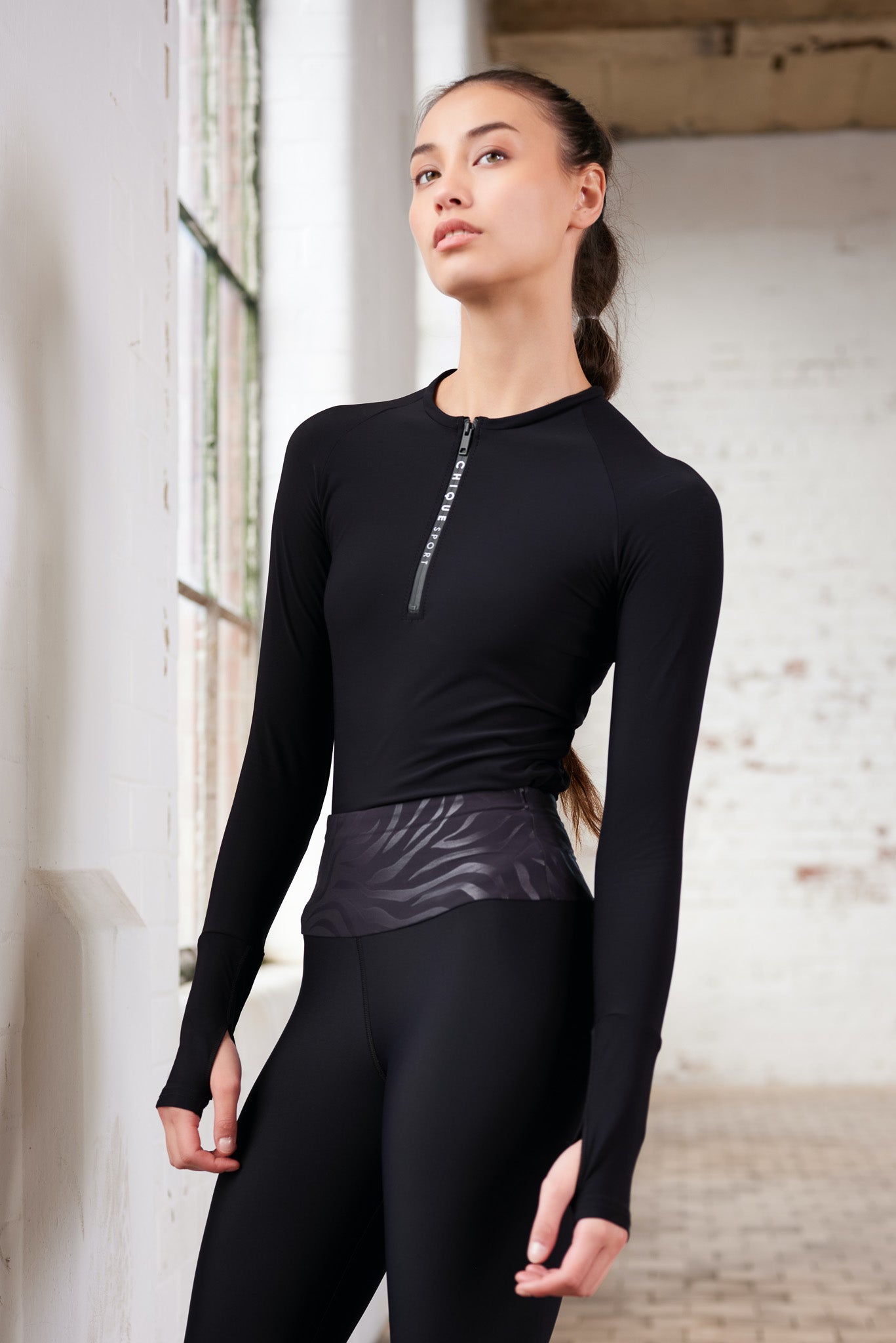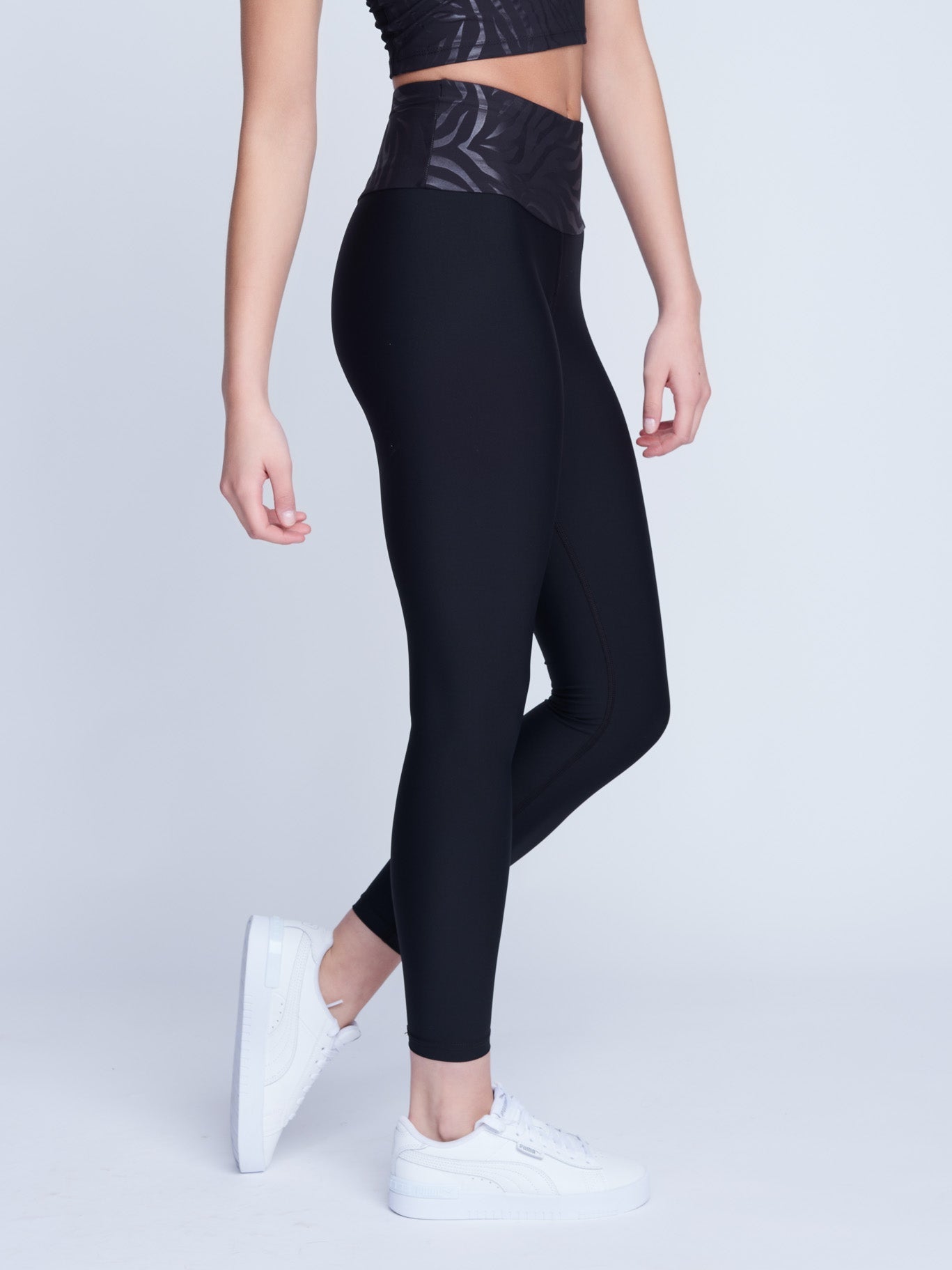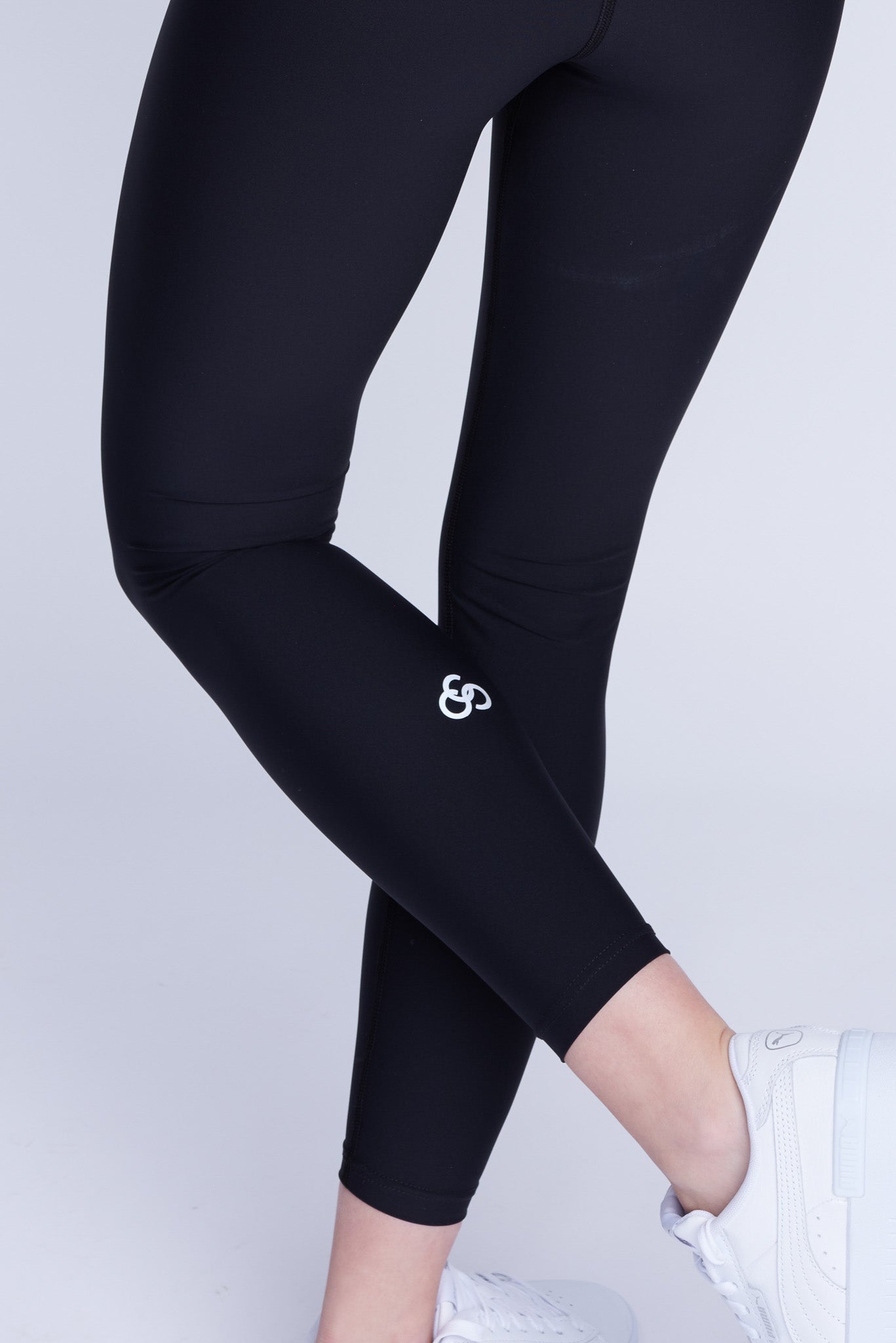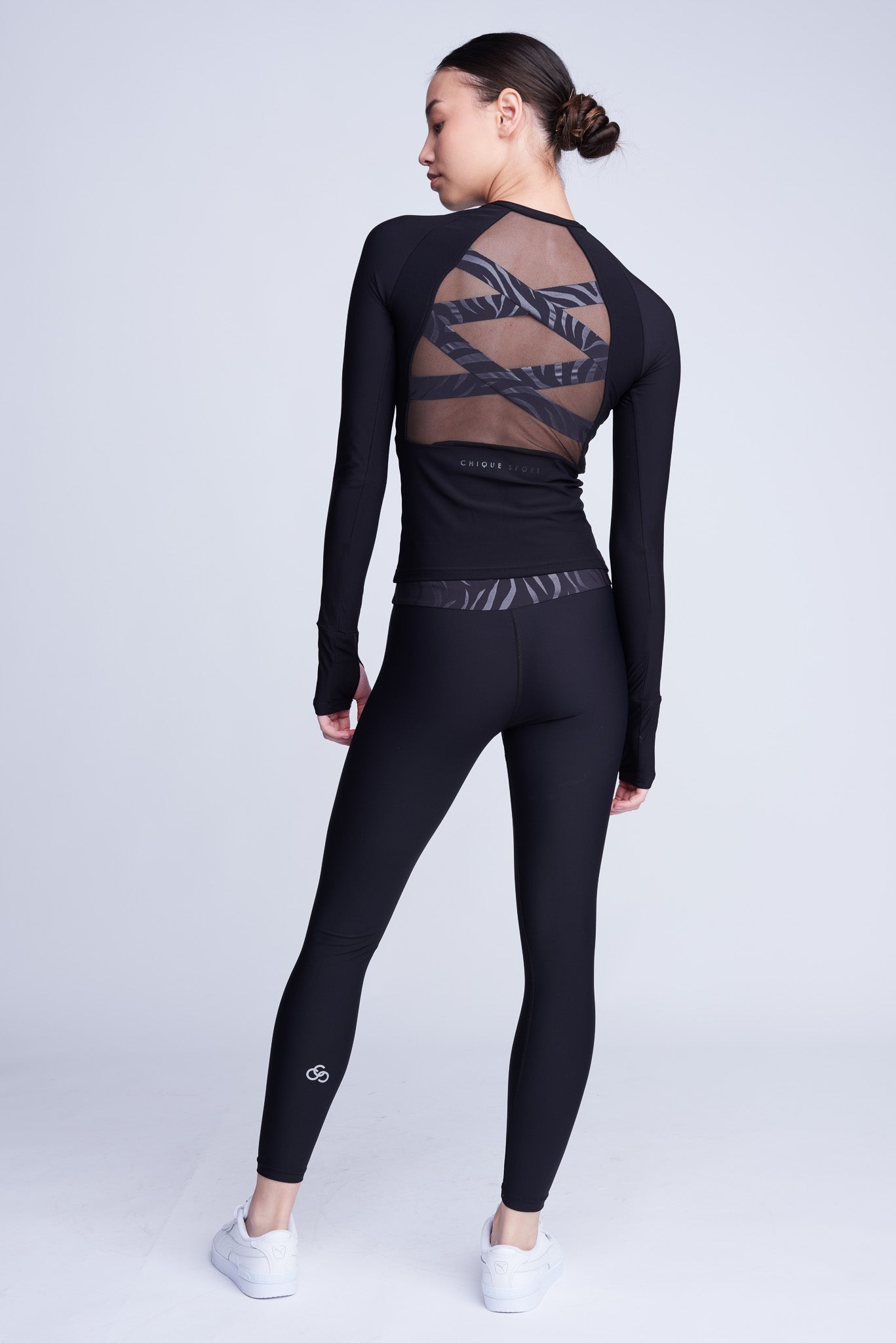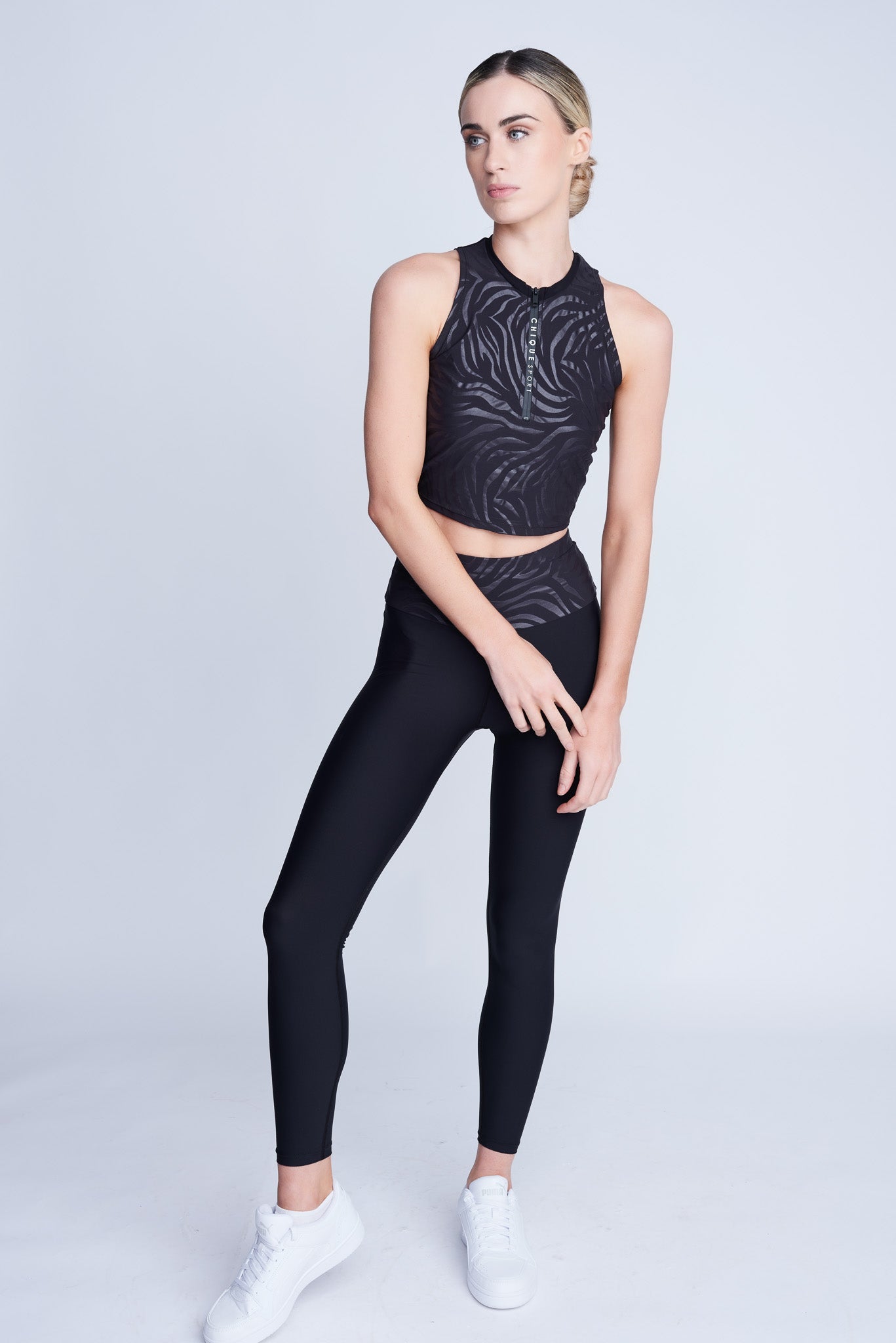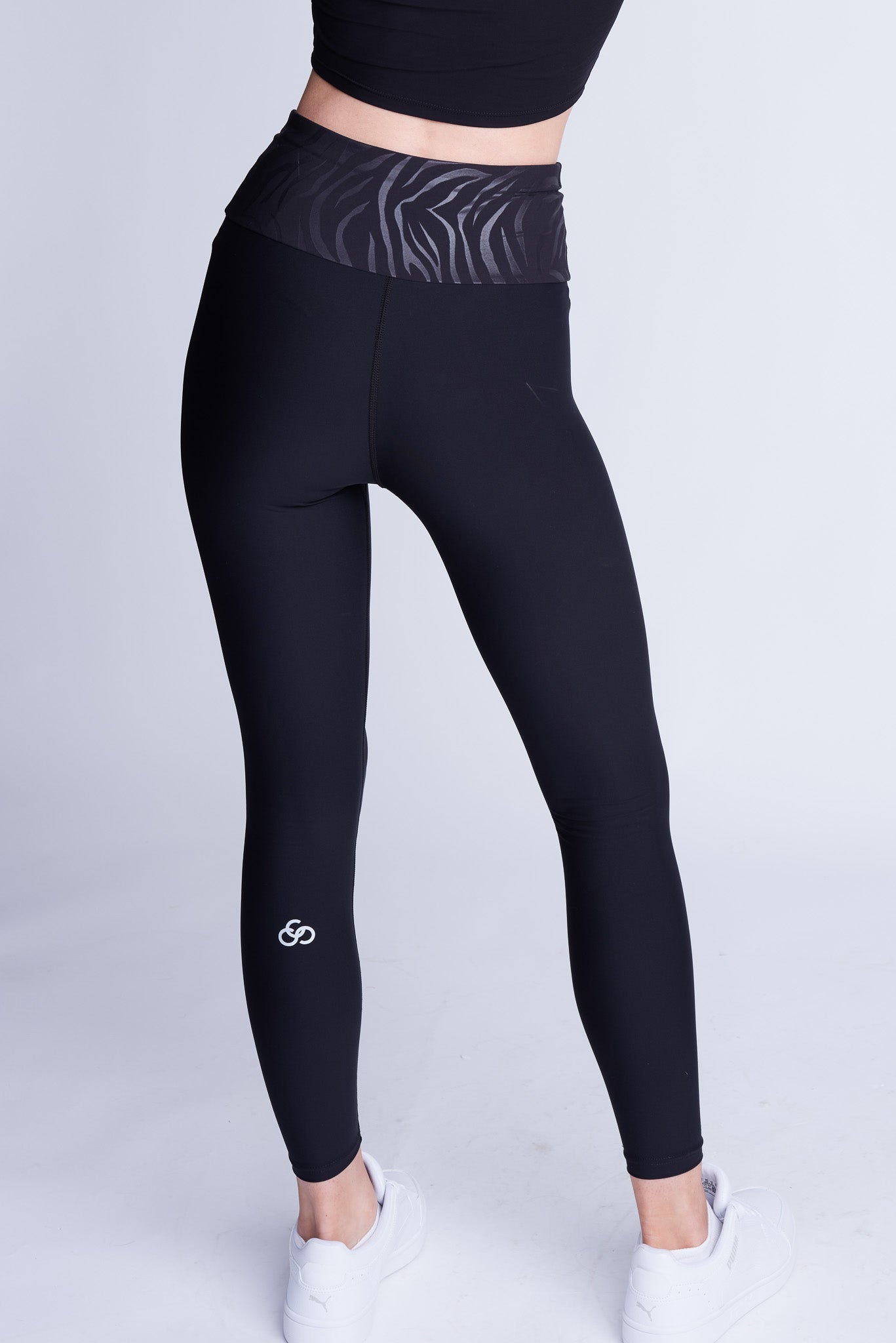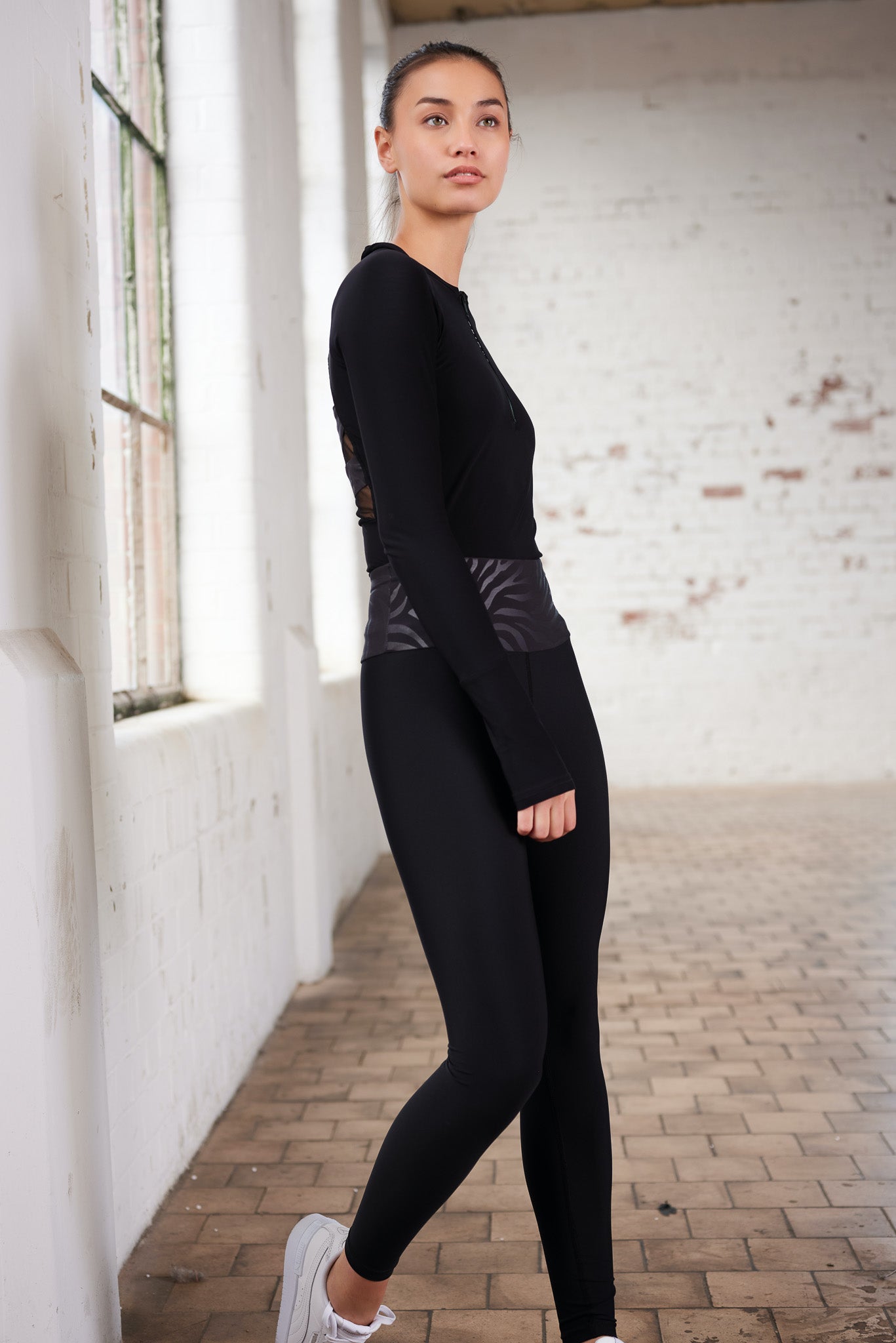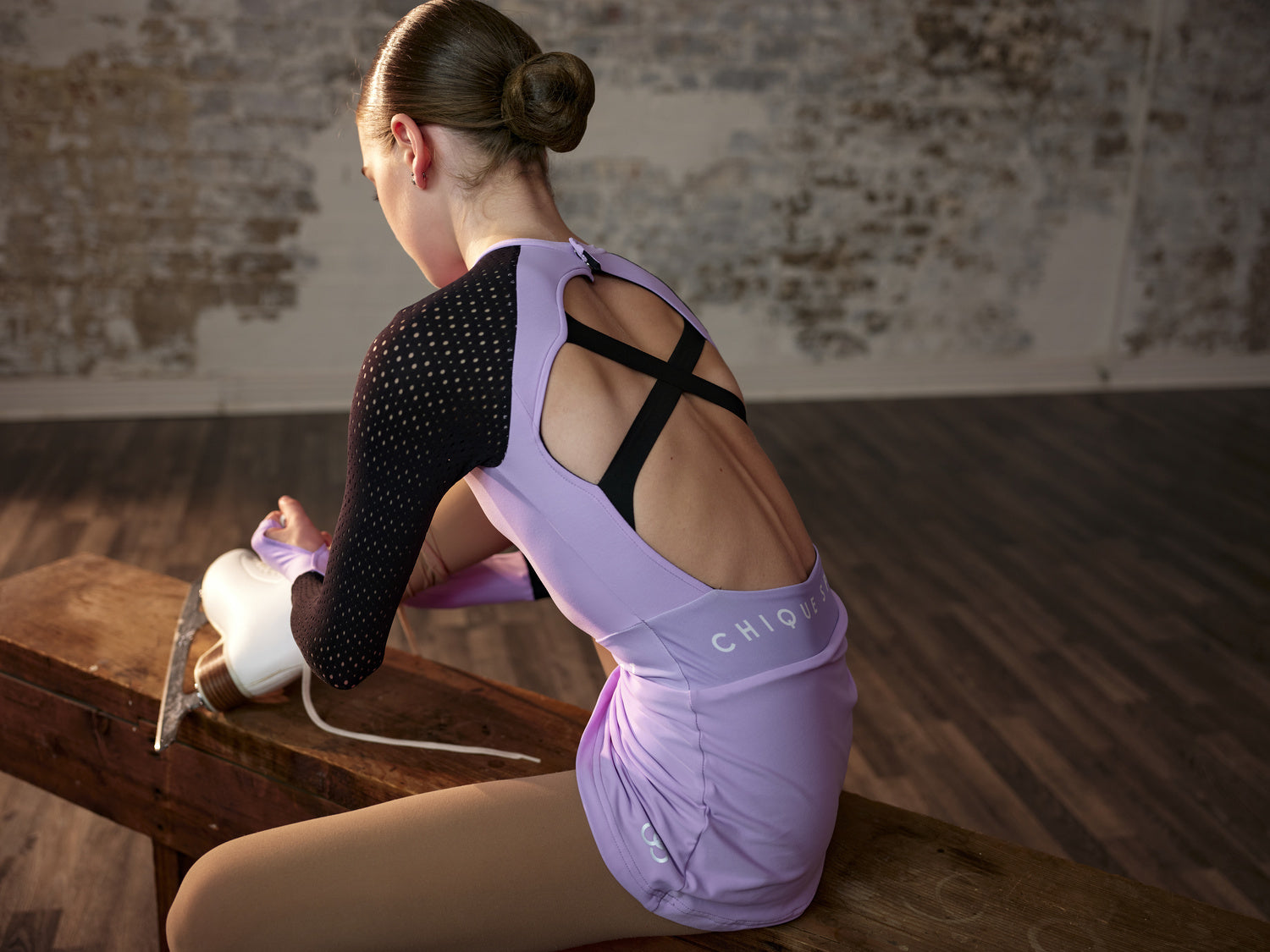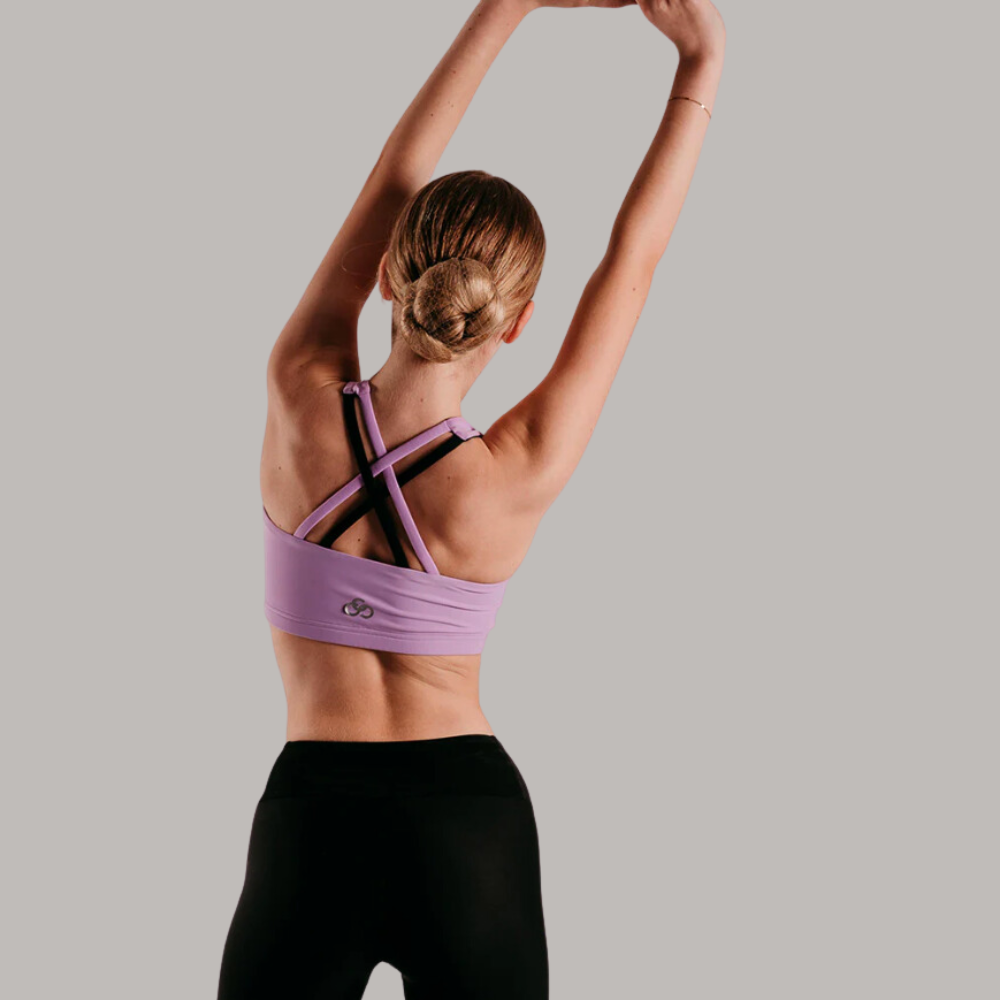Off-ice training can make a real difference for figure skaters at any stage, from beginners and those learning the ropes to parents looking to support their child's progress. This guide is packed with simple exercises and tips to help build strength, flexibility and balance — all without needing to be on the ice.
So if you're keen to boost your skating skills and get the most out of ice skating lessons, read on!
Page Contents
Off-Ice Training For Figure Skaters
Best Off-Ice Exercises for Figure Skating
- Strength
- Plyometrics
- Flexibility
- Balance
- Endurance
- Mental
Sample Off-Ice Training Routine
How to Stay Consistent with Off-Ice Training
FAQs
Off-Ice Training For Figure Skaters
Off-ice training involves exercises and workouts that skaters do outside the rink to help improve their performance on the ice. It's not just about mimicking figure skating moves; it's about building the foundational strength, balance and flexibility that make those moves possible.
Training off the ice is an essential part of any figure skater’s routine.
Not only does it build much needed muscle strength, it also helps skaters refine their technique and better understand the mechanics of their movements (without the distraction of staying upright on the ice!) For beginners, it’s a great way to ease into the sport, and for more experienced skaters, it’s key to levelling up your skills.
Best Off-Ice Exercises for Figure Skating
One of the biggest advantages of off-ice training is that it can be done anywhere! So if you can’t get to the rink or it’s off-peak season, here’s some of the best figure skating exercises to try at home, at the gym or outdoors…
1. Strength Training
Strength training is a must for figure skaters, as it builds the muscle strength needed for those powerful jumps, steady spins and smooth landings. It also plays a key role in preventing injuries by supporting your joints and improving your overall stability, so you can feel confident and in control on the ice.Here’s a few strength training exercises to try at home:
- Lower Body - Try squats and lunges to strengthen your legs and glutes. Keep your knees aligned in squats and take wide enough steps in lunges for balance.
- Core - Planks and Russian twists are great for building a strong core. For the perfect plank, keep your body straight from head to toe, and avoid arching your back.
- Upper Body - Push-ups are the classic way to improve upper body strength. If you're struggling, drop your knees and try a half-push up instead.
Our Women’s Iconic Off-Ice Leggings are perfect for strength training - offering comfort, flexibility and support while keeping you looking stylish.
2. Plyometrics Exercises
Plyometrics are dynamic movements that help skaters build the power and speed needed for quick take-offs and high jumps. These exercises are perfect for boosting the strength required for better jump height, speed and agility on the ice — and they can easily be done at home or at the gym!Here’s a few plyometric exercises to try off the ice:
- Box Jumps - Use a sturdy, stable surface like a low bench or step, and jump with knees slightly bent, landing softly. Step down carefully and repeat.
- Skipping - You’ll need a skipping rope and a bit of open space, either in the gym or backyard. Keep your jumps light and rhythmic to maintain a steady pace.
- Double Leg Hops - Jump forward with both feet together on any flat surface, keeping your landings soft and controlled.
Our Women’s Ignite Sports Bra offers snug support and flexibility, so you stay comfortable and focused during those high-impact jumps and hops.
3. Flexibility Training
Flexibility training is all about stretching and lengthening muscles to improve your range of motion, which is essential for figure skaters. Nobody wants to pull a muscle on the ice! Moves like splits, spirals and deep edges all benefit from off-ice flexibility training, helping achieve more graceful lines and smoother transitions.Here’s a few off-ice stretches to try at home:
- Hamstring Stretch - Sit with legs extended in front, reach forward towards your toes, keeping your back straight. This stretch helps with hamstring flexibility, needed for deep edges and extension in spirals.
- Hip Flexor and Quad Stretch - Kneel on one knee with the other foot in front, lunging forward slightly while keeping the upper body upright. This stretch opens up the hips, which is key for split jumps and spirals.
- Shoulder and Upper Back Stretch - Extend one arm across your chest, using the opposite hand to gently pull it closer. This stretch helps with upper body flexibility, important for smooth arm movements.
Our Women’s Desire Half Zip Top in Amethyst is perfect for flexibility training, offering breathable fabric to keep you cool and a stylish design to make stretching sessions feel just as good as they look.
4. Balance Exercises
Balance exercises are great at helping figure skaters work on their alignment issues and core stability. While balance comes naturally to some skaters, not everyone has an easy time adjusting to the slippery ice-rink surface. Practising balance on stable surfaces on the solid ground will help it become second nature when you do enter the rink.Here’s some off-ice balance exercises to help you feel more steady on the ice:
- Pendulum Exercises - Stand on one leg and swing the other forward and back, like a pendulum! Also focus on keeping your upper body steady.
- Lateral Lunges - Step out to the side, bend one knee, and keep the other leg straight. This move works on your side-to-side stability and makes you feel more grounded.
- One Leg Deadlifts - Balance on one leg, hinge at the hips, and reach forward as the other leg extends back. It’s a go-to for improving core strength and balance.
Our Women’s Desire Tank Top in Amethyst is perfect for balance training with its sleeveless design, offering unrestricted arm movement and a comfortable fit that keeps you cool and focused.
5. Endurance Training
No off-ice training is complete without endurance exercises! Endurance training helps build the stamina needed during figure skating, especially to perform full routines without tiring out. Cardio exercises improve heart and lung capacity over time, allowing you to maintain focus throughout long and short programs, so you finish as strongly as you started.Try incorporating these endurance exercises into your off-ice training regime:
- HIIT - High-Intensity Interval Training (HIIT) mixes short bursts of intense exercise with brief rest periods. Focus on exercises like burpees or jump squats!
- Running - Start with steady jogs (either outdoors or on a treadmill) and mix in sprints to mimic the varied pacing of skating routines.
- Cycling - Cycling is a low-impact way to build endurance. Try interval training on a stationary bike or outdoor rides with hills to increase stamina.
For a secure fit during high intensity exercise, try our Women’s Desire Non-Slip Leggings in Amethyst. You’ll also need a trusty Water Bottle to keep you hydrated!
6. Mental Exercises
Training your mind is just as important as physical training for figure skaters, though it’s often overlooked. Mental exercises like goal setting, visualisation, and meditation can improve focus, build confidence, and help manage nerves, making sure you’re mentally prepared for every performance on the ice.
Try these three mental exercises:
- Setting Goals - Break down your larger skating objectives into smaller, manageable steps to track progress and stay on course.
- Visualisation - Try picturing your routines in your mind in detail; this mental rehearsal can improve your muscle memory during real performances.
- Meditation - Practice deep breathing and mindfulness techniques to stay centred and composed, both during training and on competition days.
Feeling like a figure skater starts with looking like one! To get in the right mindset, dress like the pros in one of our Women’s Figure Skating Dresses.
Sample Off-Ice Training Routine
As we've covered, there's a lot of options when it comes to off-ice training! But knowing how to take all this information and put it into a practical plan can be difficult. That’s why we've put together this sample off-ice training routine to give you inspiration!
Monday: On-Ice Training (45-60 mins) ⛸️
Tuesday: Strength Training (30-40 mins) 💪
- Squats and lunges (2 sets of 10 reps each)
- Plank (3 x 20 seconds)
- Russian twists (2 sets of 10 reps per side)
- Push-ups (2 sets of 6-8 reps)
Thursday: On-Ice Training (45-60 mins) ⛸️
Friday: Endurance & Balance Training (30 mins) 👟
- HIIT session with 30 seconds on, 30 seconds off (15 mins)
- Pendulum exercises (2 sets of 8 reps each side)
- Lateral lunges (2 sets of 8 reps each side)
- Box jumps (2 sets of 8 reps)
- Skipping (2 x 1 minute)
- Double leg hops (2 sets of 10 reps)
- Hamstring stretch, hip flexor stretch, and shoulder stretch (hold each for 20-30 seconds, repeat 2 times)
- Goal setting for the week ahead
- Visualisation or meditation
*Please Note: This sample routine is suited for beginner - intermediate adult skaters. Remember to listen to your body, never overdo training and get advice from your figure skating coach to create an off-ice routine that suits you and your level.
How to Stay Consistent with Off-Ice Training
We hope this guide has provided some valuable tips to elevate both your off-ice and on-ice training. Consistency is key to progress, so set realistic goals, create a routine that fits your schedule and track your improvements.Remember, it's okay to have off days — what matters is getting back on track.
With regular practice, you should start to see noticeable improvements in your strength, balance, and overall performance within a few weeks to a couple of months. Keep pushing forward and celebrate each step of progress!

